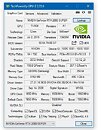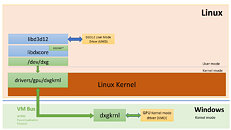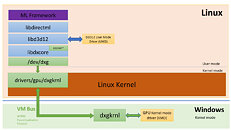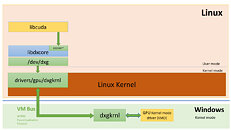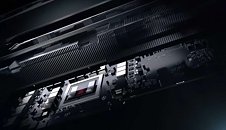
New Performance Optimizations Supercharge NVIDIA RTX AI PCs for Gamers, Creators and Developers
NVIDIA today announced at Microsoft Build new AI performance optimizations and integrations for Windows that help deliver maximum performance on NVIDIA GeForce RTX AI PCs and NVIDIA RTX workstations. Large language models (LLMs) power some of the most exciting new use cases in generative AI and now run up to 3x faster with ONNX Runtime (ORT) and DirectML using the new NVIDIA R555 Game Ready Driver. ORT and DirectML are high-performance tools used to run AI models locally on Windows PCs.
WebNN, an application programming interface for web developers to deploy AI models, is now accelerated with RTX via DirectML, enabling web apps to incorporate fast, AI-powered capabilities. And PyTorch will support DirectML execution backends, enabling Windows developers to train and infer complex AI models on Windows natively. NVIDIA and Microsoft are collaborating to scale performance on RTX GPUs. These advancements build on NVIDIA's world-leading AI platform, which accelerates more than 500 applications and games on over 100 million RTX AI PCs and workstations worldwide.
WebNN, an application programming interface for web developers to deploy AI models, is now accelerated with RTX via DirectML, enabling web apps to incorporate fast, AI-powered capabilities. And PyTorch will support DirectML execution backends, enabling Windows developers to train and infer complex AI models on Windows natively. NVIDIA and Microsoft are collaborating to scale performance on RTX GPUs. These advancements build on NVIDIA's world-leading AI platform, which accelerates more than 500 applications and games on over 100 million RTX AI PCs and workstations worldwide.























